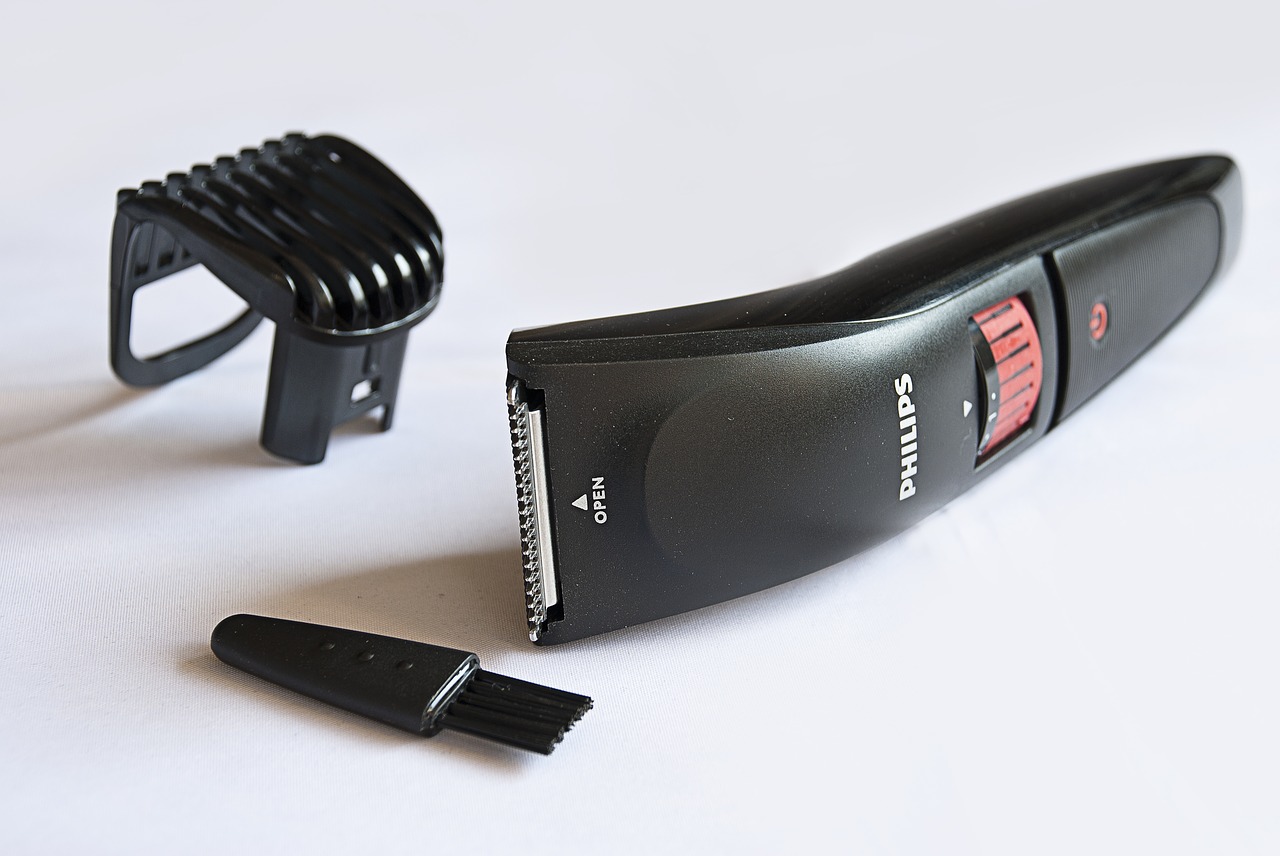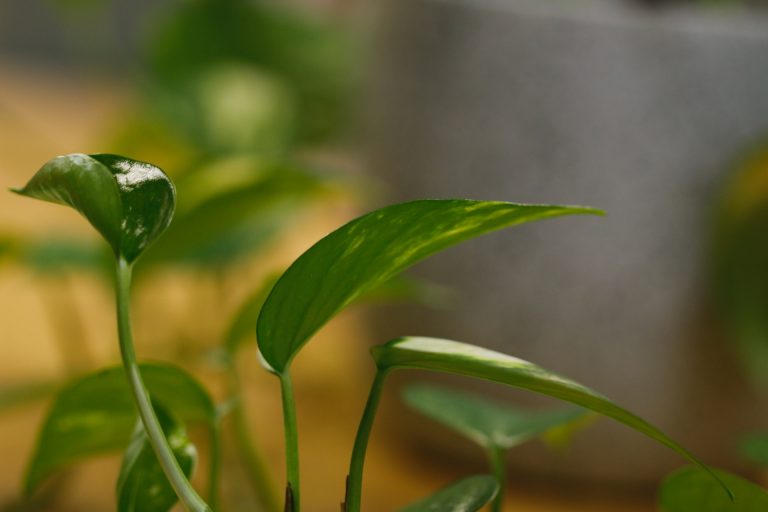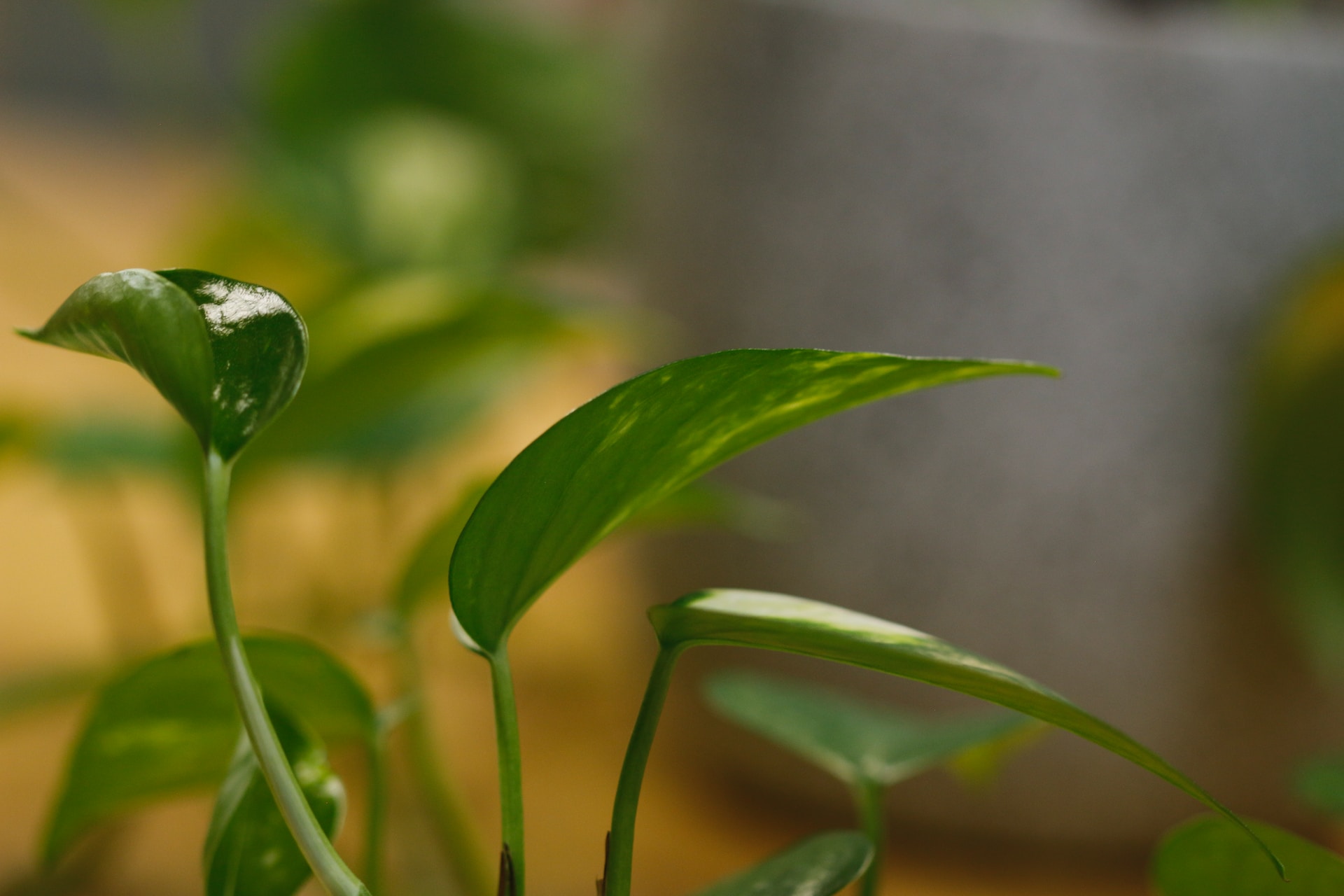June 15, 2025
No Comments
Long-distance motorcycle touring demands more than just a comfortable seat and enough fuel—noise levels can significantly influence your riding experience. Wind, engine, and road noise aren’t just annoyances; they can cause fatigue, impair communication, and make it difficult to concentrate over extended hours on the road. That makes choosing a helmet with superior noise reduction a priority for avid riders aiming for longer, more peaceful journeys.
In 2025, the market offers an array of helmets designed to mitigate noise, combining innovative engineering, premium materials, and aerodynamic designs to enhance comfort and safety. This article explores the premier quietest motorcycle helmets tailored for touring enthusiasts, examining what makes them excel and how to select the best fit for your rides.
Why Is Noise Reduction Vital for Long-Distance Rides?
Before diving into specific models, it’s important to understand why noise control plays such a significant role in long-distance motorcycling. Excess wind and road noise not only diminish riding pleasure but also contribute to rider fatigue. Being able to converse comfortably, listen to music, or just enjoy a peaceful ride is highly desirable, especially when covering lengthy distances. The quieter the helmet, the less demand on your ears and neck muscles, enabling you to stay alert and fresh for far longer.
Top Features of Quiet Helmets for Long Rides
When selecting a helmet for long-distance touring, look for several key features:
- Aerodynamic Design: Reduces turbulence and wind intrusion.
- High-Quality Padding and Liners: Absorb vibrations and sound.
- Sealed Visors and Excellent Ear Seals: Minimize wind leakage.
- Lightweight Construction: Allows for extended wear without fatigue.
- Adjustable Ventilation: Prevents overheating without creating additional noise.
The Leading Quietest Motorcycle Helmets in 2025
Shoei Neotec II
The Shoei Neotec II stands out as a top choice for riders prioritizing silence and comfort on long rides. Its aerodynamic shell and meticulous sealing system significantly dampen wind noise, making it an ideal companion on highways and open roads.
This modular helmet combines convenience with noise control—its snug fit and well-designed seals create a nearly hushed environment, even at high speeds. Its multi-layered EPS liner and high-density interior padding absorb most vibrations and external sounds, helping riders stay focused and relaxed.
The visor incorporates anti-fog and scratch-resistant coatings, ensuring clear vision and reducing the need to remove or adjust the helmet mid-ride. Its flip-up feature allows for quick ventilation and easy communication without sacrificing noise reduction.
What makes it ideal for long rides?
- Excellent wind noise mitigation.
- Comfortable fit for extended wear.
- Versatile visor system.
Learn more about this helmet at top quiet motorcycle helmet for long rides.
Bell Qualifier Full-Face Helmet
For riders seeking simplicity without sacrificing noise safety, the Bell Qualifier provides impressive sound mitigation with its aerodynamic shell and integrated padding. It features a sleek, compact design that slices through wind smoothly, reducing turbulence noise.
Its padding is designed to create a tight seal around your head, blocking out a significant amount of external sound. The ventilation system allows for rider comfort, though it can be closed in cold weather to further enhance noise reduction. The visor system includes a scratch-resistant, anti-fog coating and is easy to operate, providing additional noise sealing when latched properly.
Why is it suitable for long-distance touring?
- Competitive noise insulation.
- Light, comfortable, and well-ventilated.
- Affordable without compromising quality.
Explore more about the quietest motorcycle helmet options here.
Building the Perfect Long-Distance Helmet
Whether you prefer a modular or full-face design, look for helmets with sealed visors, quality padding, and aerodynamic shells. The combination minimizes wind intrusion and external sounds, helping you maintain focus and reduce fatigue over long distances.
Comparing Modular Against Full-Face Helmets for Noise Reduction
Choosing between a modular and a full-face helmet often depends on personal preference, but how do they compare in terms of noise reduction? Understanding the differences can guide you toward the best choice for extended touring.
Modular Helmets: Pros and Cons
Modular helmets, like the Sena Outrush R or FreedConn BM2-S, offer the flexibility of flipping the chin bar open or closed. They are ideal for riders who need quick access, whether for hydration, food, or communication. Their design typically provides good noise reduction when the chin bar is closed, but the moving parts introduce gaps that can allow wind and external sounds to seep in.
The primary challenge with modular helmets for long-distance travel lies in their potential for increased noise when the chin bar is up or not perfectly sealed. Additionally, the hinges and moving parts can generate additional vibrations and sound leakage, especially at higher speeds.
Full-Face Helmets: The Gold Standard for Silence
Full-face helmets, such as the ILM with twin visors or the ScorpionEXO R420, are generally more adept at blocking external noise. Their continuous shell and fixed visor create a tight seal, making them less prone to wind intrusion. The absence of moving components means fewer avenues for noise to enter, resulting in a quieter environment ideal for extended rides.
Why do full-face helmets often outperform modular ones in silence?
- Enclosed design with seamless seals.
- Less vibration and fewer gaps.
- Heavier shells often offer better sound absorption.
Final Takeaway
While modular helmets are convenient, full-face designs typically provide superior noise suppression necessary for long-distance touring. Riders prioritizing peace and concentration often lean toward full-face helmets, especially in high-speed conditions.
Summary and Recommendations
Selecting the most suitable helmet for long-distance riding involves weighing comfort, safety, and noise reduction capabilities. Both the Shoei Neotec II and Bell Qualifier demonstrate excellent noise-canceling properties, making them top contenders for quieter, comfortable extended rides.
For those who value flexibility or need to communicate often, a modular helmet with well-designed seals can suffice—though they are often less quiet than static full-face helmets. Conversely, dedicated full-face helmets offer consistently superior noise elimination, especially at highway speeds.
In 2025, riders should also consider aerodynamic styling, tailored padding, and sealing features to optimize their touring experience. To explore some of the best options available, visit quietest motorcycle helmet.










































